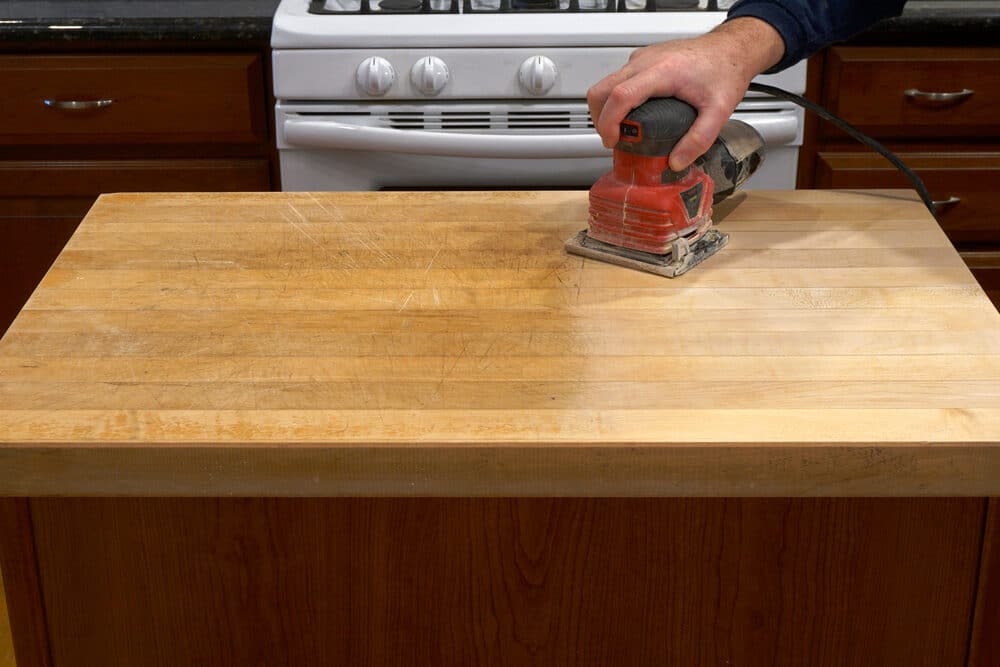London:
Nationwide:
The Benefits of Using a Detail Sander for Edge Sanding
Posted on September 4, 2023
Edge sanding
Master the Art of Edge Sanding with a Detail Sander
Ah, the age-old question of the DIY aficionado: Which sander should I use? If your sanding exploits bring you to the intricate and dainty realm of edges, the spotlight, my dear reader, falls upon the unassuming but immensely potent detail sander.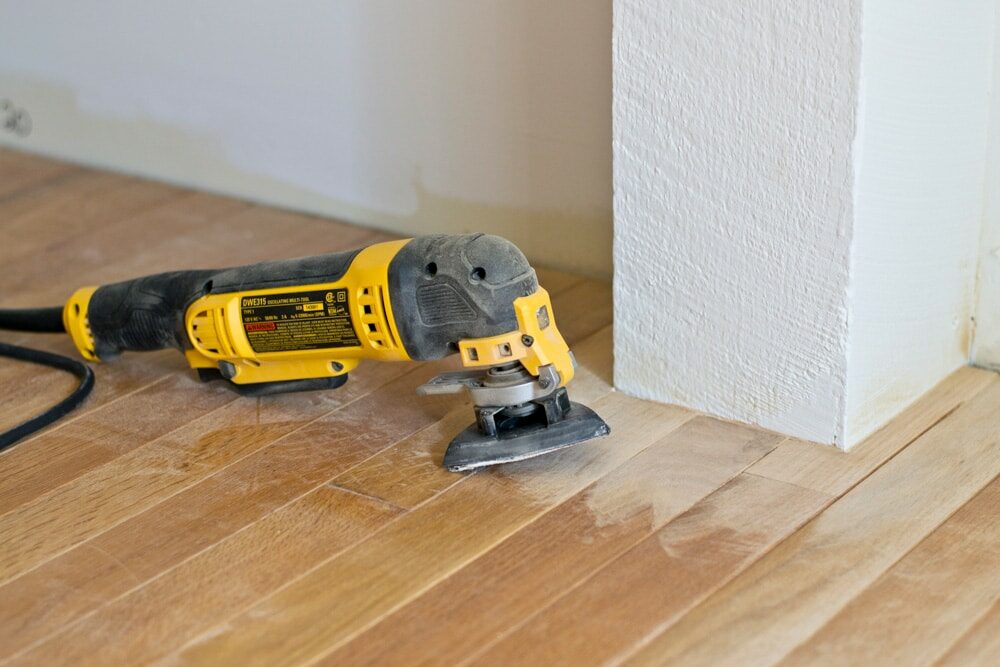
Introducing the Detail Sander
For those who’ve not had the pleasure, a detail sander, also affectionately known as a mouse or corner sander, is a compact device designed primarily for, you guessed it, detailed work. Its distinctive triangular shape ensures it fits snuggly into corners and tight spots, making it an essential tool for edge sanding. Before you raise an eyebrow, thinking, “Why do I need yet another tool?” let me regale you with its numerous benefits.The perk of precision
- Mastering the Nooks and Crannies: Every experienced craftsman knows the pain of sanding detailed areas. Conventional sanders, with their broad and cumbersome bases, often prove incompatible with intricate work. Enter the detail sander. Its small and agile form factor ensures you never miss a nook or cranny.
- Consistency is key. The precise oscillation of the detail sander delivers an incredibly consistent finish. Gone are the days of uneven, scratchy surfaces. Your wooden artefacts will thank you.
- User-Friendly: Often, its ergonomic design ensures that holding and manoeuvring a detail sander is an absolute delight, especially for prolonged periods. This is particularly great news for those of us whose enthusiasm surpasses our arm strength.
- Variety: Edge sanding can often require varied grit levels. The detail sander allows for swift and easy pad changes, ensuring the perfect grit for every task.
- Efficiency: For such a compact tool, the detail sander punches above its weight in terms of power. This ensures efficient sanding without the risk of overdoing it.
- Safety: Given its design and use case, the detail sander provides added safety. Its design ensures minimal chances of sanding off more than intended or risking damage to adjacent surfaces.

Why not just hand sand?
While there’s a certain romanticism attached to the tactile sensation of hand sanding, it’s not always the most efficient, especially when edges are in play. Human hands, for all their dexterity, can’t match the consistency of a detail sander. Over-sanding, under-sanding, or uneven pressure? all the common woes of the manual process. The detail sander removes these inconsistencies, bringing uniformity and professionalism to the task.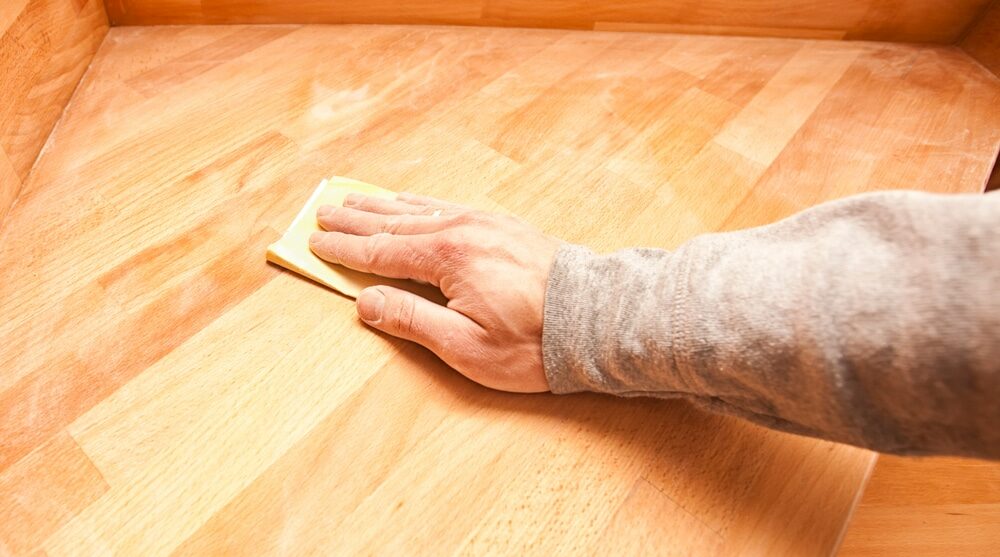
Tips for Effective Edge Sanding
- Start with a Coarser Grit: As with any sanding task, start with a coarser grit to remove the major imperfections, progressing to finer grits for that pristine finish.
- Keep the Sander Moving: To avoid creating grooves or dips, always keep the sander moving. The machine’s efficiency is your ally; let it work its magic uniformly.
- Regularly changing sanding pads is an often-overlooked aspect of sanding. A worn-out pad not only compromises the finish but also decreases efficiency.
- Safety first: Always wear safety glasses and a dust mask. It’s the sexy and sensible thing to do.
- Dust Extraction: Many modern detail sanders come equipped with built-in dust extraction. Use it. It not only ensures a clearer view of your work but also keeps your workspace clean.
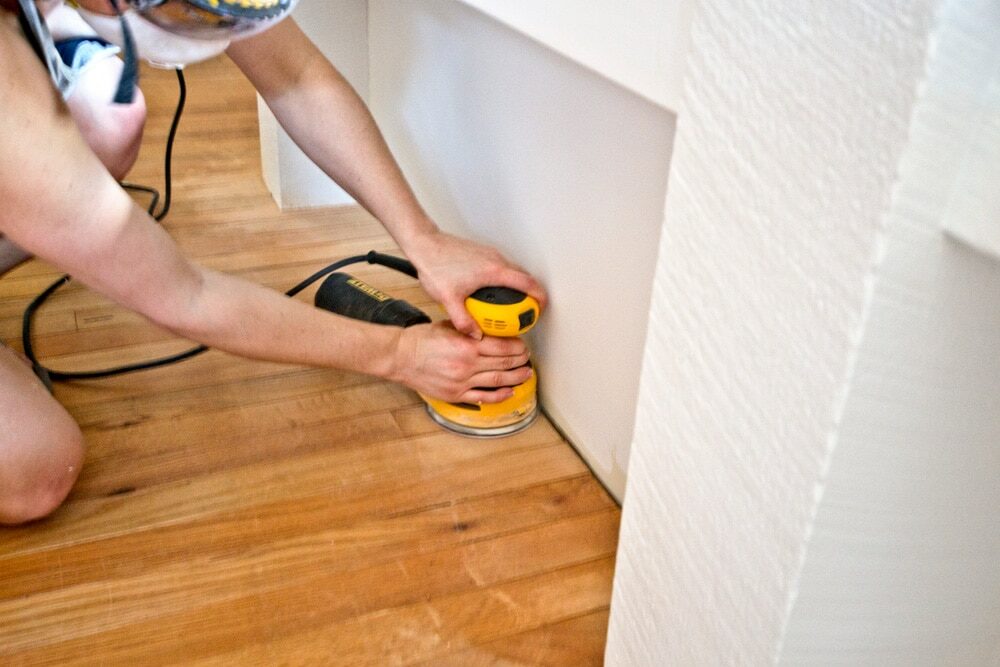
The Detail Sander vs. Its Siblings
When you walk into a hardware store or browse an online tool catalogue, it’s easy to feel overwhelmed with choices. The list goes on to include belt sanders, orbital sanders, random orbit sanders. So, where exactly does our unassuming detail sander fit into this spectrum?- Detail Sander vs. Belt Sander: The belt sander is a heavyweight champion in the sanding world. Powerful and aggressive, it’s perfect for quickly removing material from large areas. However, its broad size and vigorous nature make it less suited for delicate work. Herein lies Sander’s forte: finesse.
- Detail Sander vs. Orbital Sander: Orbital sanders, square in shape, are excellent for finishing large flat surfaces. They give a smoother finish compared to belt sanders, but they still struggle with tight corners and edges. Our triangular-shaped hero, the detail sander, slides effortlessly into those spaces.
- Detail Sander vs. Random Orbit Sander: This sander is a middle ground between belt and orbital sanders, combining the best of both worlds. It’s excellent for general-purpose sanding but can be too aggressive for intricate designs and edges. The detail sander, with its gentle touch, ensures there’s no damage to your delicate pieces.
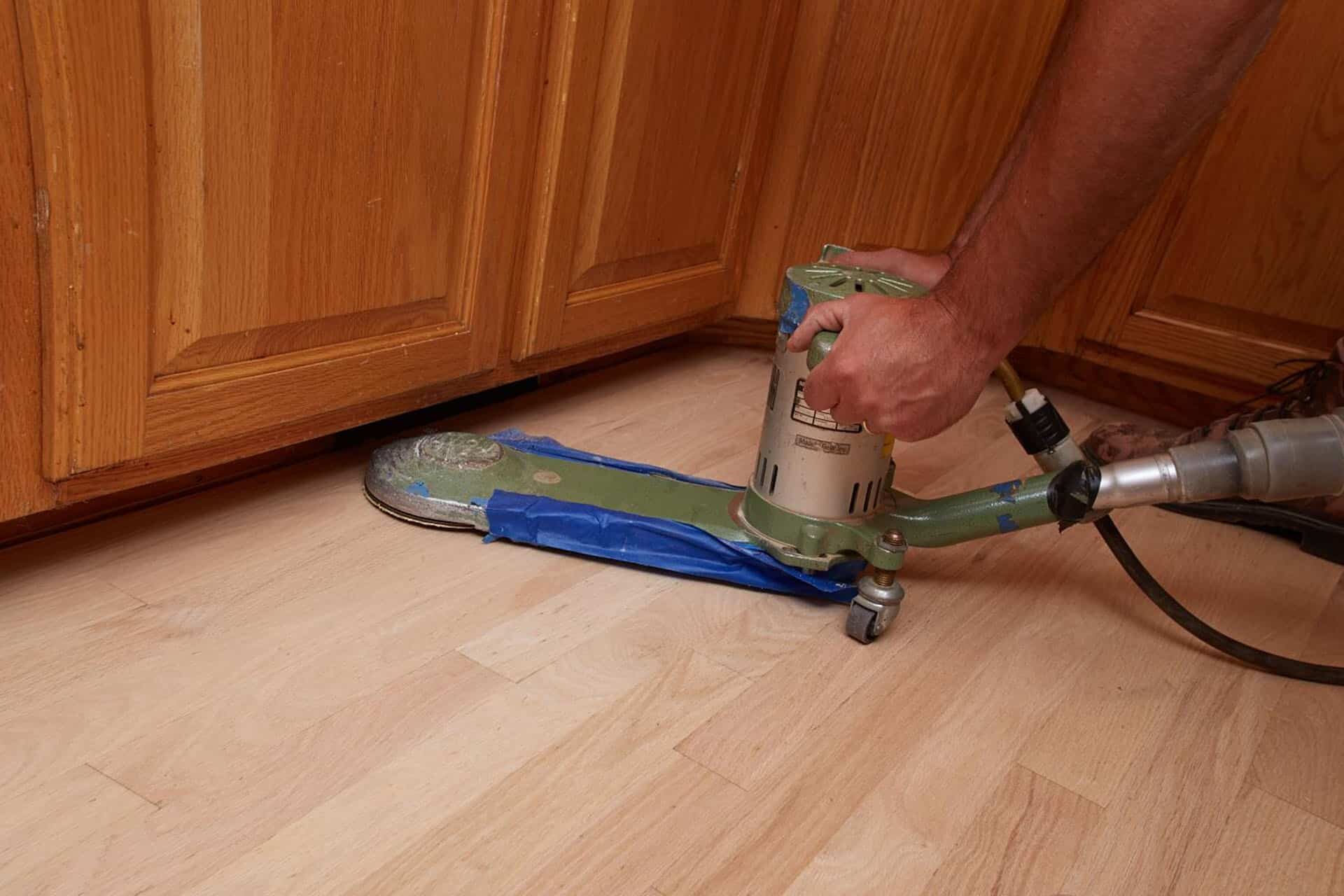
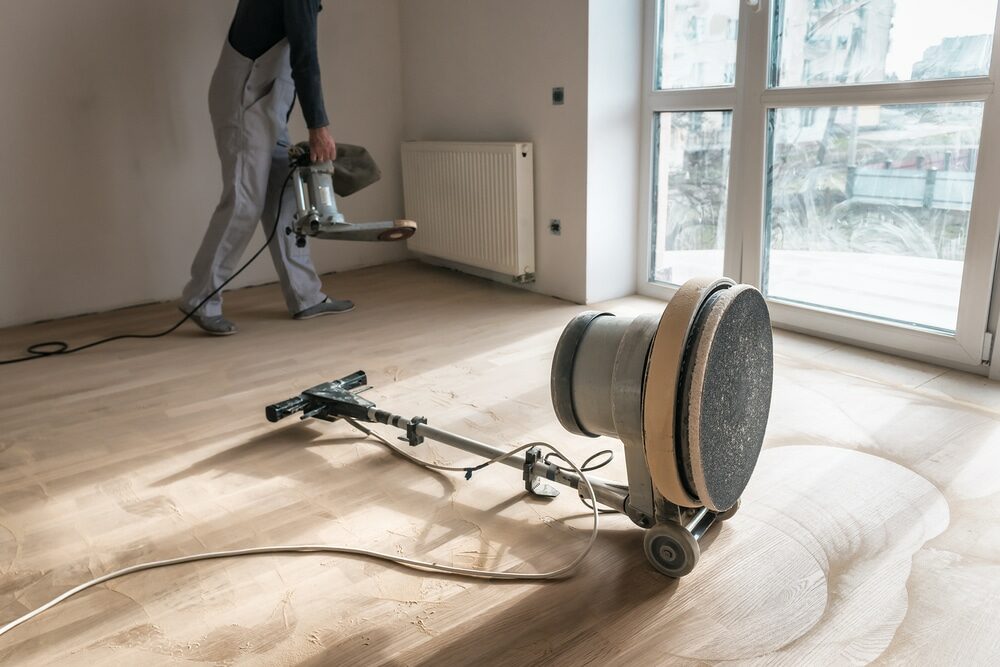
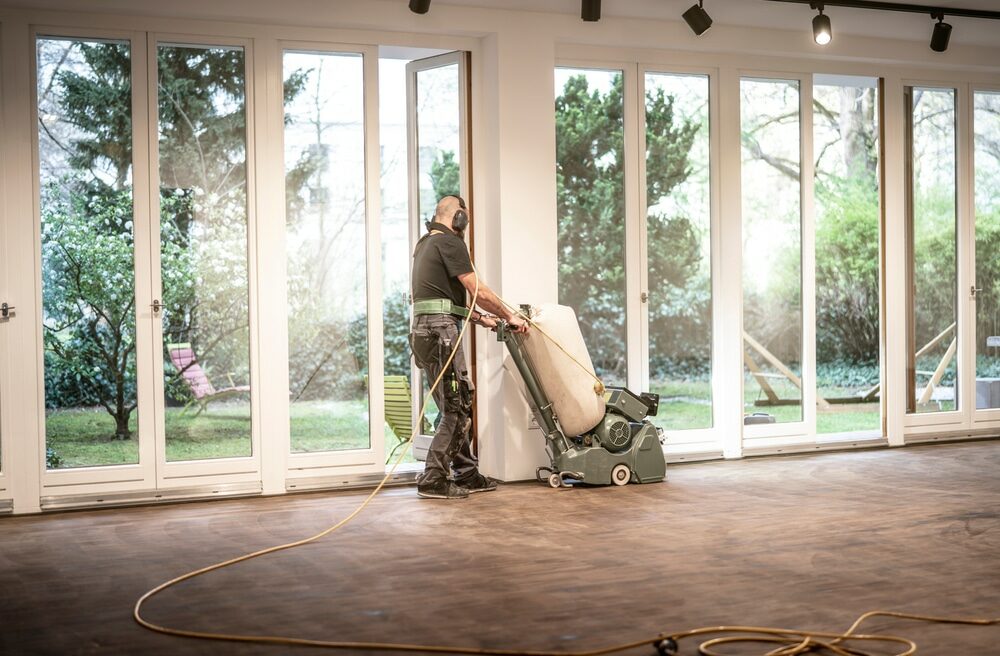
Understanding the Nuances of Edge Sanding
Edge sanding isn’t just about ensuring a smooth finish. It’s a form of art, a balance of preserving the wood’s integrity while achieving a flawless surface. Here’s a deep dive into understanding its nuances:- Wood Grain Consideration: Always sand in the direction of the wood grain. Going against the grain can result in scratches that are challenging to remove later.
- Pressure Application: The beauty of the detail sander is that it does most of the work for you. Avoid applying too much pressure; let the tool do the talking.
- Visual Inspection: Periodically stop and visually inspect the edge. Run your fingers over the surface to feel for any inconsistencies. It ensures you don’t overwork the edge and preserves the wood’s structural integrity.
- Dust and debris: Ensure that your workspace is free of dust and debris. These particles can get trapped between the sander and the wood, causing unwanted scratches. A quick brush or blow from a dust blower between sanding stages can be invaluable.
Embracing the Potential of Attachments
Modern detail sanders come equipped with a range of attachments designed to further enhance their capabilities:- Different Sanding Pads: These allow for varied tasks, from aggressive material removal to gentle finishes.
- Scraping Attachments: Perfect for removing old paint or varnish without damaging the wood underneath.
- Rubber Backing Pads: Ideal for when a little cushioning is required, ensuring you don’t sand away too much material.
- Brush Attachments: These can help in cleaning the surface and preparing it for the next phase, be it painting, staining, or varnishing.
Conclusion
The world of DIY and woodcraft is vast, with tools aplenty. Yet, for the discerning craftsman, the detail sander emerges as an invaluable ally in edge sanding. Its precision, consistency, and efficiency are unmatched. Whether you’re a seasoned pro or a budding enthusiast, the detail sander deserves a prime spot in your toolkit. Remember, in craftsmanship, as in life, it’s often the small details that make a world of difference. Embrace the detail sander, and may your edges forever be pristine and sharp. Cheers!Some Useful Links:
- Stairs Sanding & Refinishing
- Floor Sanding Services
- School Floor Sanding
- Wood Floor Restorations
- Wood Floor Repairs
- Wood Floor Polishing
More from our Blog:
How to Avoid Common Mistakes in Edge Sanding Differences Between Edge Sanding and Drum Sanding Techniques for Edge Sanding Hard-to-Reach AreasChoosing the Right Sandpaper for Edge Sanding How to Achieve Professional Results with Edge Sanding The Importance of Edge Sanding in Floor Refinishing Hand Scraping for Parquet Floors: Enhancing the Beauty of Geometric Designs The Versatility of Hand Scraping Floors: From Modern to Traditional Design Sanding and Hand Scraping Combination Techniques for Custom Wood Floors Hand Scraping Techniques for Different Types of Hardwood Floors
Sanding
We provide virtually dust-free sanding with our continuous belt machinery with mobile extraction units, giving you a safer environment for your family.
Oiling
This organic finish not only adds beauty to your home but also has exceptional water-repellent characteristics, making it easier to clean and maintain.
Waxing
This natural floor finish offers the softest and most mellow appearance – and leaves your floor able to breath.
Buffing
Using soft buffing machines (and hand-polishing where required) will bring a wonderful sheen to your newly-finished floor.
Repairs
We offer a full assessment of your wooden floors to determine what repairs are needed to provide the perfect working surface for the later stages of sanding, staining and sealing.
Restoration
We offer a comprehensive restoration process designed to address floors that are improperly fitted or damaged over time through wear and tear.
Request a fixed price quote for your wood floor restoration now
Simply enter your postcode below to get started.
Services
Wood Floor Sanding Wood Floor Restoration Wood Floor Scratch Repair Squeaky Wood Floor Repair Parquet Floor Sanding Parquet Floor Restoration Commercial Floor Sanding Church Floor Sanding Community Centre Floor Sanding School Floor Sanding Gap Filling Gap Filling with ResinCopyright © Mr Sander®
Privacy & Cookies Terms & Conditions Complaints Procedure Cancellation Rights Sitemap
